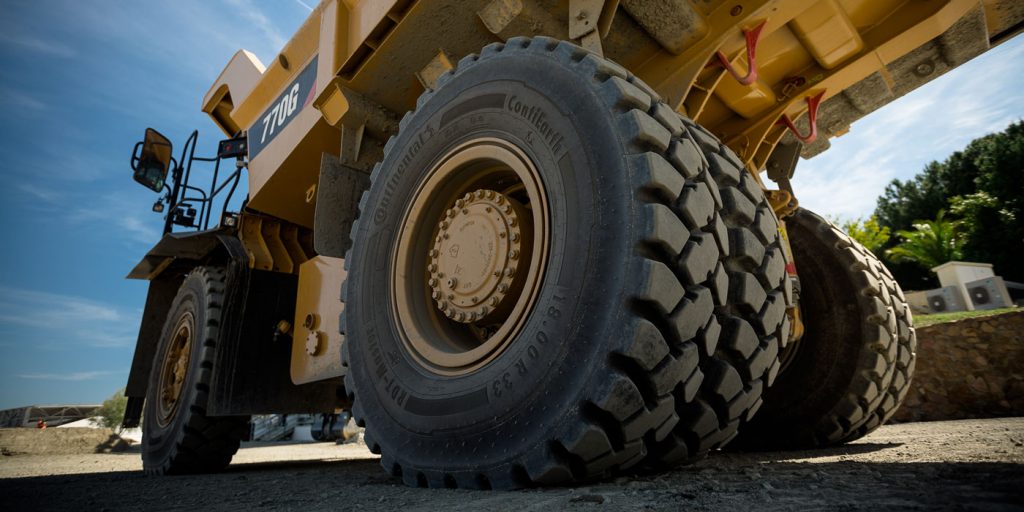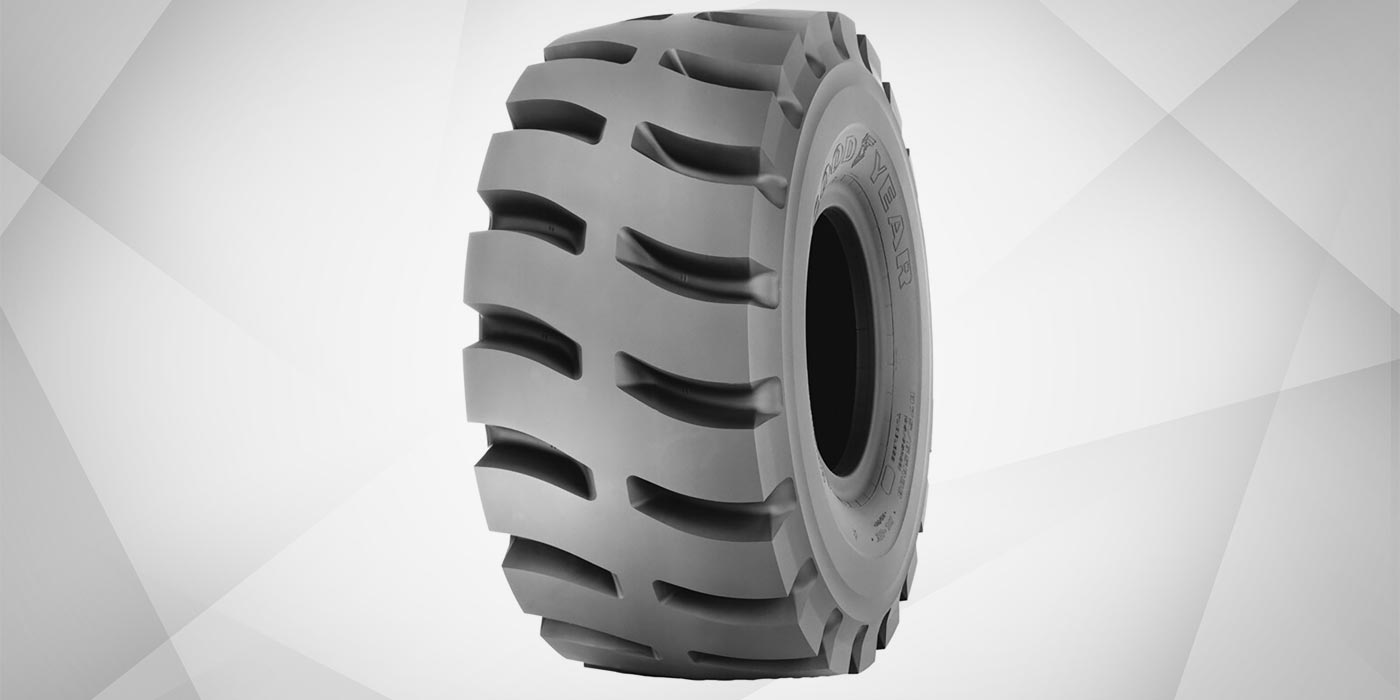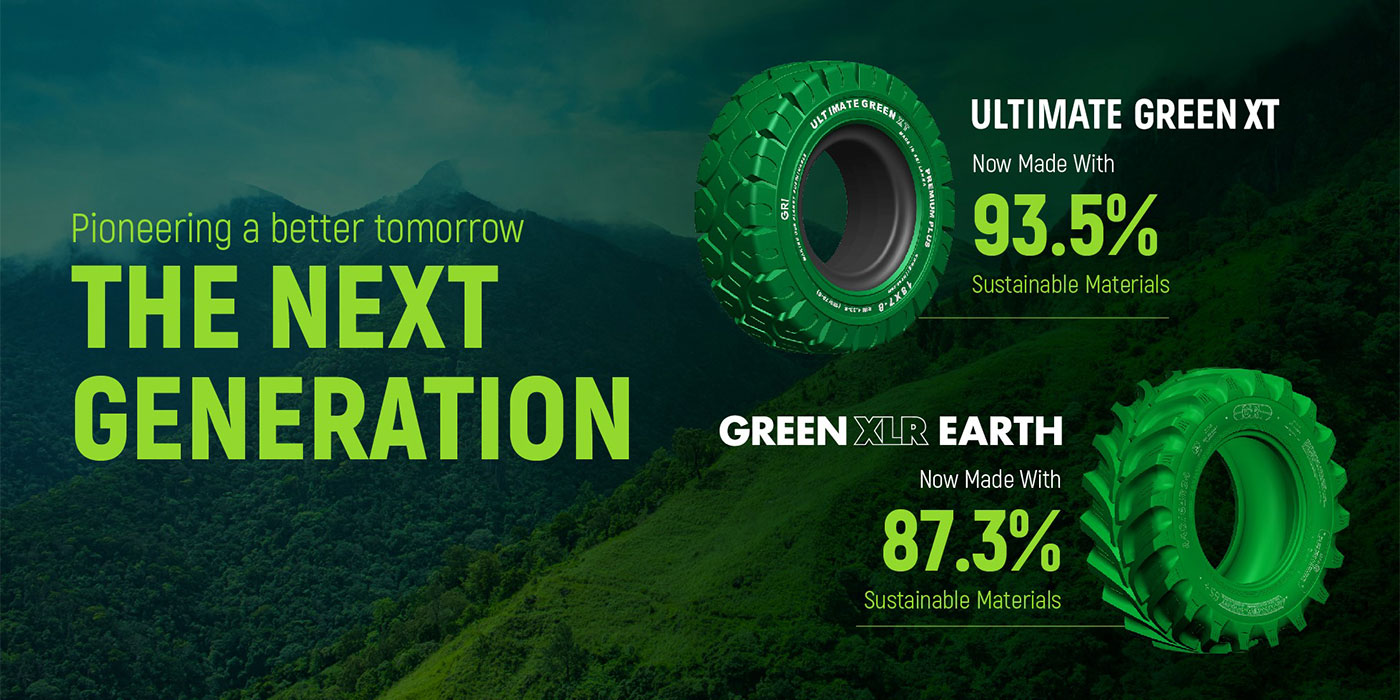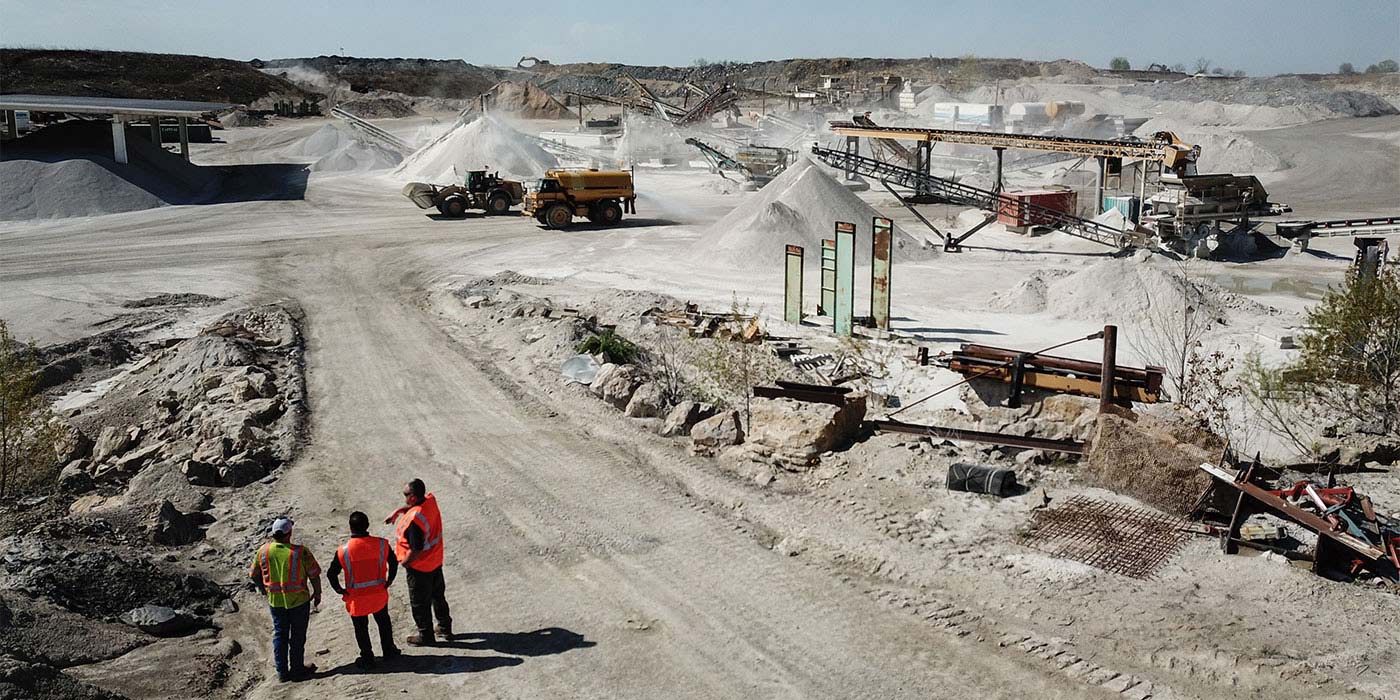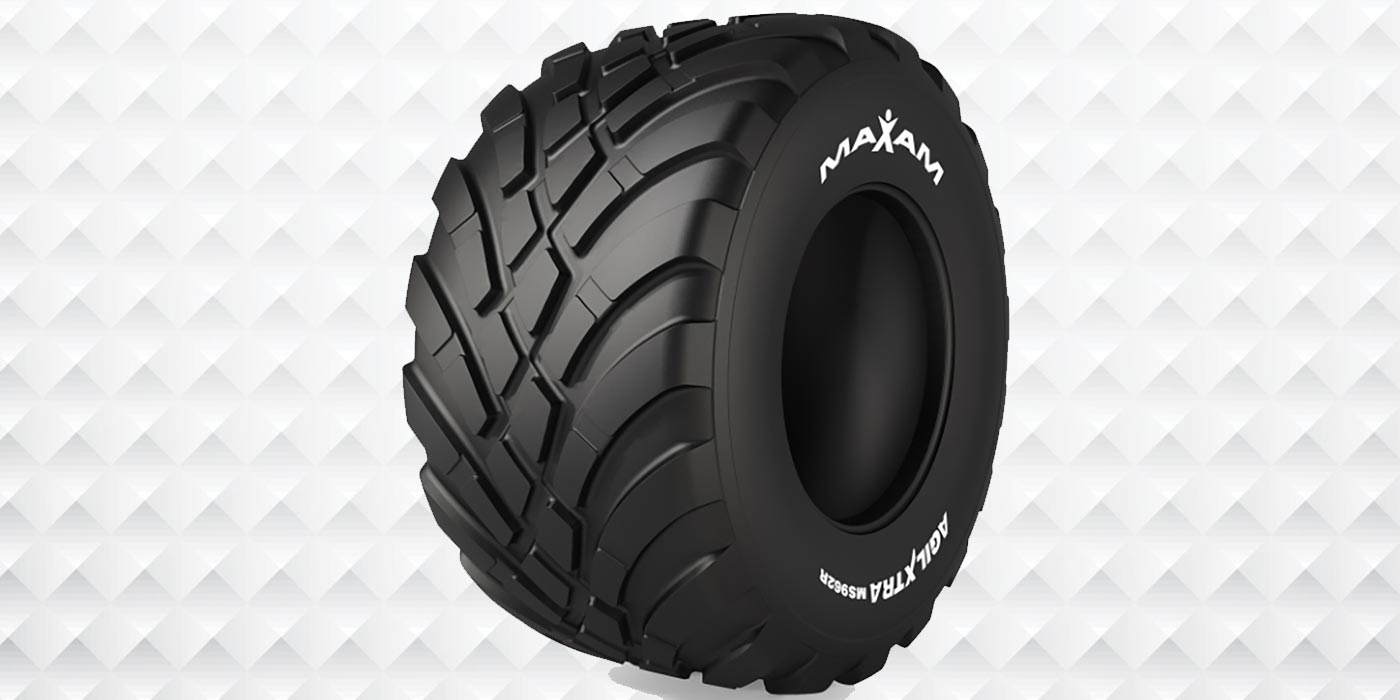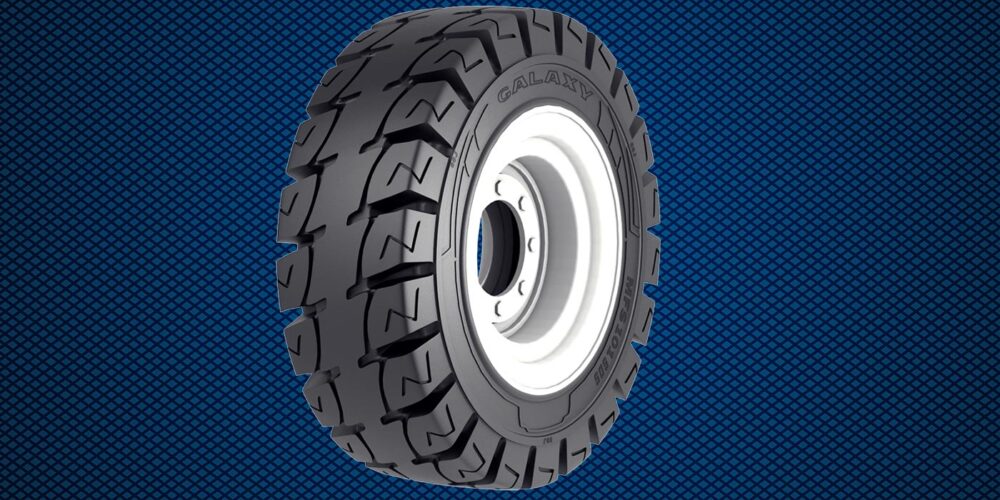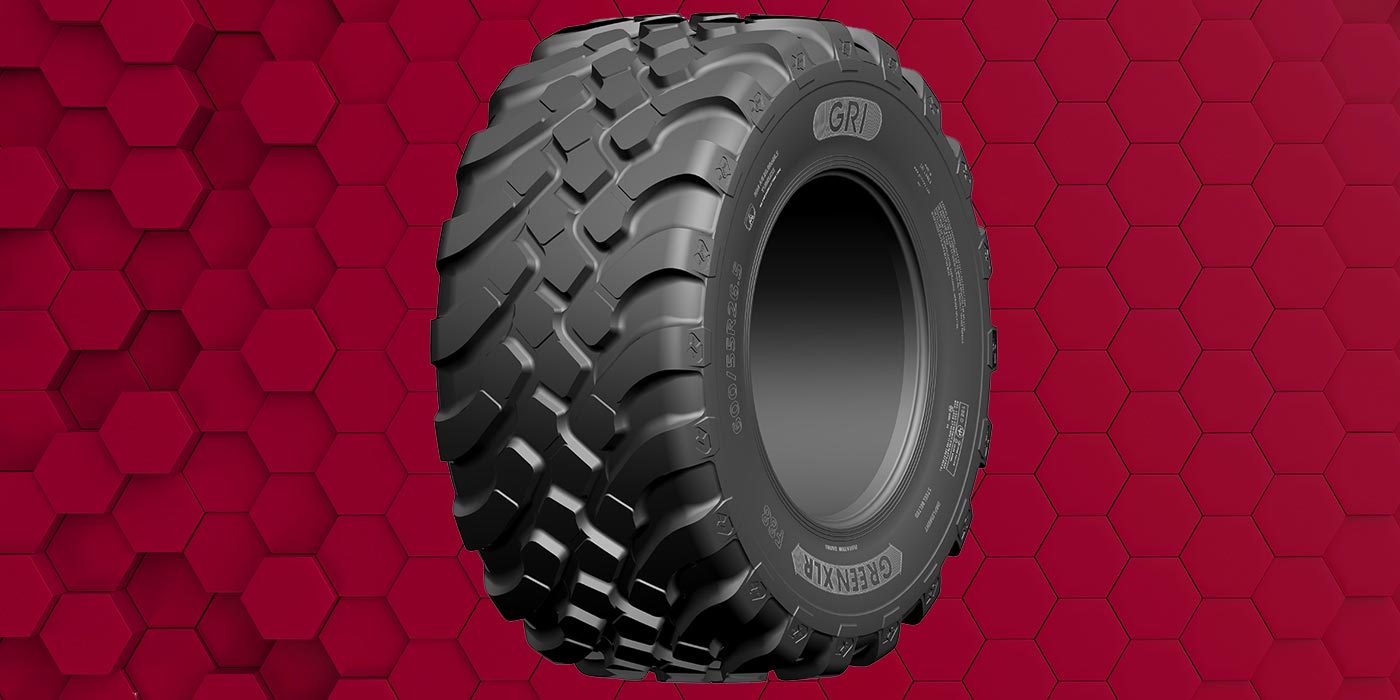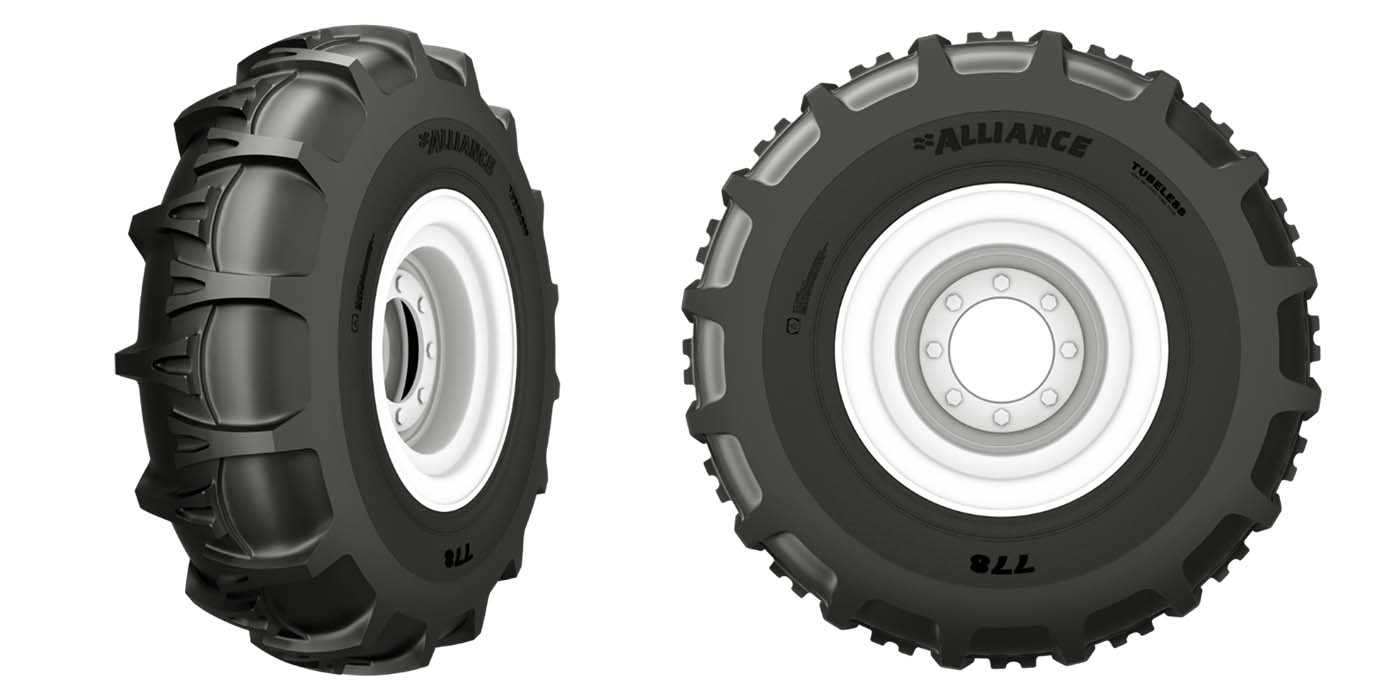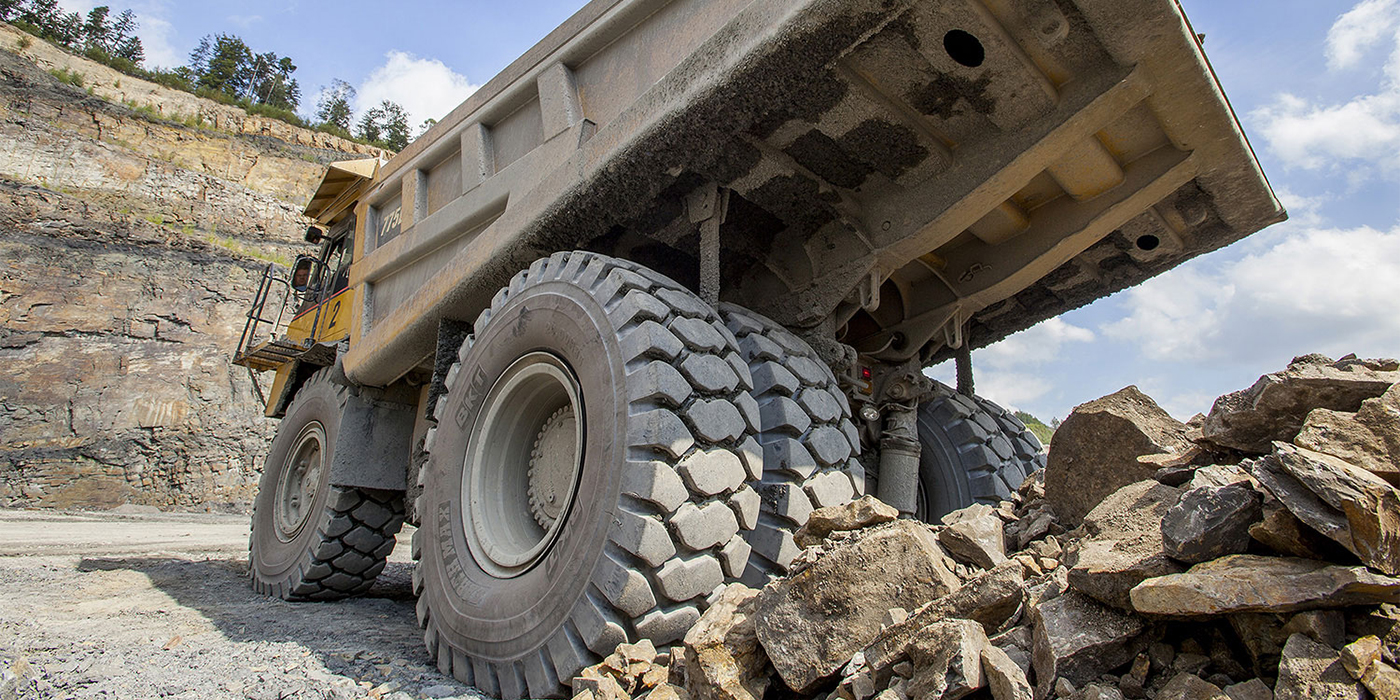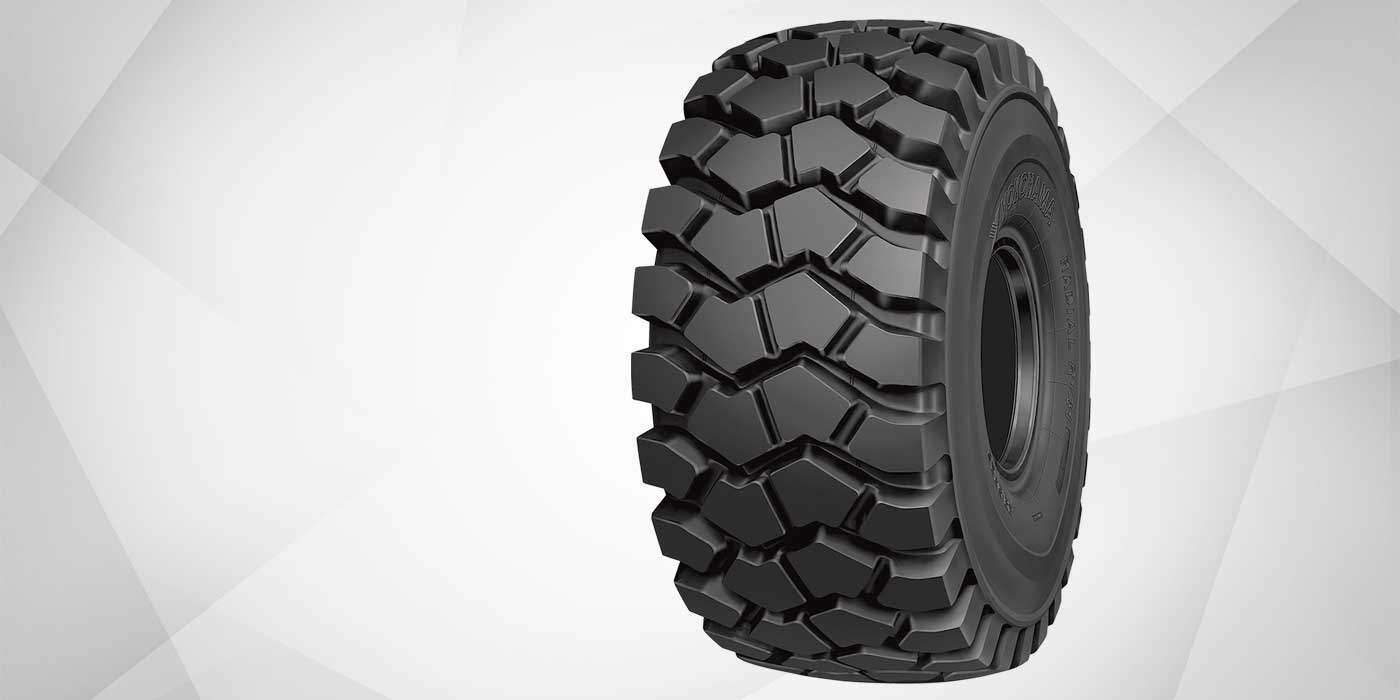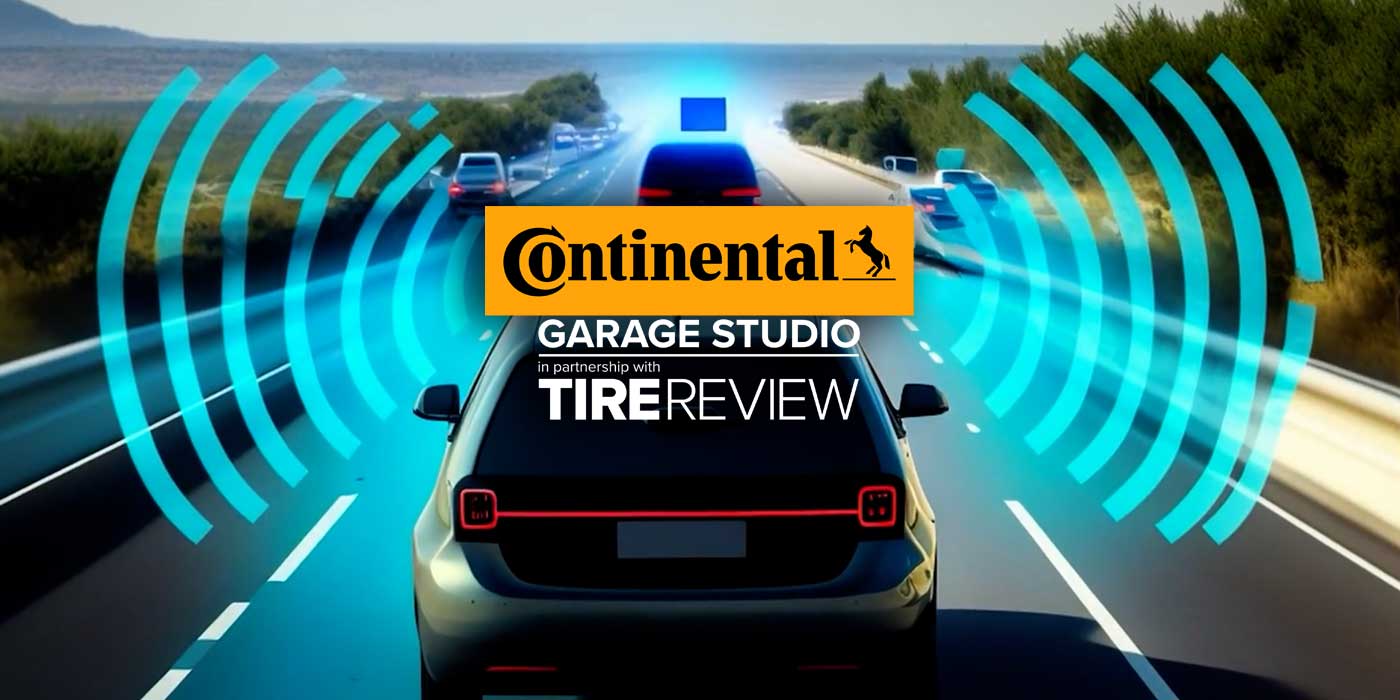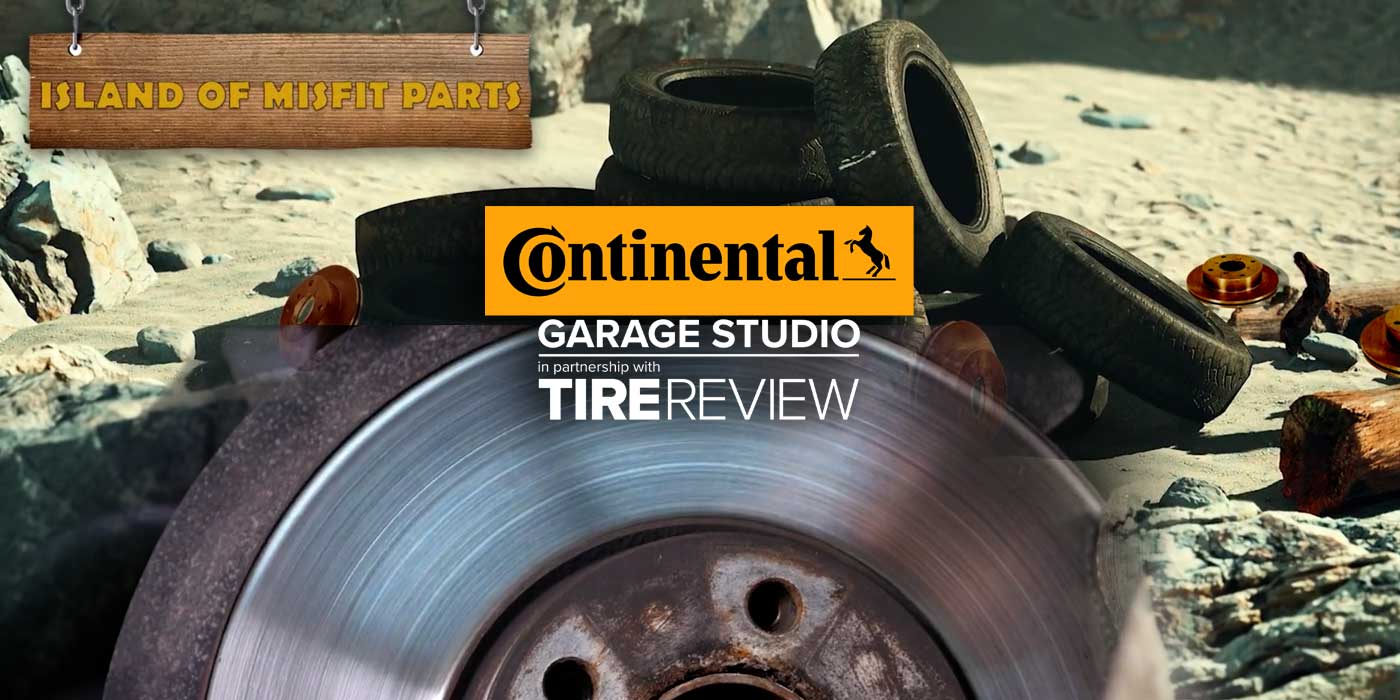Like most OTR categories, the dump truck tire segment has seen steady growth over the last several years. Stocking these heavy hauler tires and meeting the needs of the clients who rely on them requires some detailed knowledge, but tire dealers who put in the effort can be rewarded with high profit margins and loyal customers.
“The dump truck tire segment has grown over the past few years, not just in volume, but in the quality and variety of offerings,” says Demetric Mass, national product manager of truck and radial OTR for Alliance Tire Americas. “Tire dealers can earn a lot of credibility—and a lot of business—from their customers by being able to explain the technology in high-quality dump truck tires and helping them choose tires that deliver a great return on their investment.”
Having more options from which to choose allows tire dealers a lot more flexibility in getting into the dump truck tire business, which betters their opportunities for increased profits from selling the large ticket items, as well as the additional service revenues that go along with it, according to Scott Holub, manager of OTR technical services for BKT.
It’s important that dealers stay up on the form, function and latest trends of the market in order to maximize success.
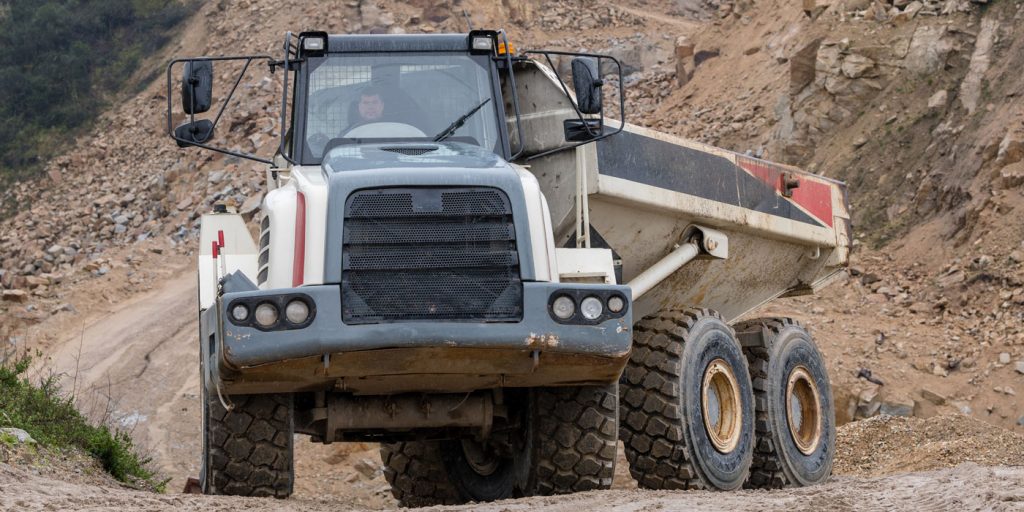
The Right Equipment for the Job
The first aspect of any jobsite with which a tire dealer must be familiar is the type of dump trucks used: rigid or articulated.
Rigid dump trucks (RDTs) are used primarily in fixed locations like quarries and mines, plus they tend to be larger and carry bigger loads, according to Tim Netzel, Bridgestone Americas Tire Operations’ director of OTR marketing for the U.S. and Canada.
“They require larger work areas and are more challenging to move from site to site,” he says, adding that “Articulated dump trucks (ADTs) tend to be used where job sites aren’t fixed—think construction and road-building applications where the work areas are smaller and perhaps more rapidly changing. Articulated haulers are more maneuverable, handle rougher terrain better and are less problematic to transport.”
Holub adds that rigid trucks travel faster and hold up better under heavy load impact, making them more suited for larger sites with well-maintained haul roads. With larger payloads and faster cycle times, rigid trucks are more profitable.
“Articulated trucks are much more maneuverable with a better turning radius and greater traction/stability, especially in slippery conditions,” Holub explains. “They are better for smaller jobsites with restricted turning radiuses, narrower roads, slippery or muddy conditions.”
An RDT may spend its entire lifecycle at a single site—for aggregates, copper, coal or gold mining, for example—while ADTs, which are marked by the diverse applications and jobs that they typically serve, may move from site to site or job to job routinely for construction work, major dam projects and road building, according to Shawn Rasey, Continental Commercial Specialty Tires’ director of global business development for earthmoving tires.
Changing Market Trends
ADTs are in the majority among heavy dump trucks because of their widespread use in construction.
“Just a few months ago, projections estimated growth in the construction market of more than 40% and expansion in mining of almost 25%,” says Alliance’s Mass. “We recognize that the COVID-19 pandemic has altered some of the forecasted patterns of growth, but we are confident that over the next couple of years we will get back on track to achieving those numbers, particularly if our nation’s recovery plans emphasize infrastructure projects.”
“In ADTs, the trend is moving to lower-profile tires for the equipment,” says Peter Bride, global business segment manager, quarries and mining business line, for Michelin North America. “The lower profile tire (65 series) offers better stability, a wider footprint, and can carry more load vs. a standard profile tire.”
BKT’s Holub adds that while 40-ton trucks have typically been preferred in the ADT segment, with a move toward consolidation of mines and larger “super” mines, bigger, more powerful equipment—45-ton and even 60-ton—has become more in demand.
Trends in the RTD market, according to Bride, are tires that carry more load and, in some cases, larger trucks on customer sites.
“Customers who historically have used 60-ton and 70-ton trucks are replacing them with 100-ton trucks to produce more material and/or reduce the number of trucks in operation on the site,” he says.
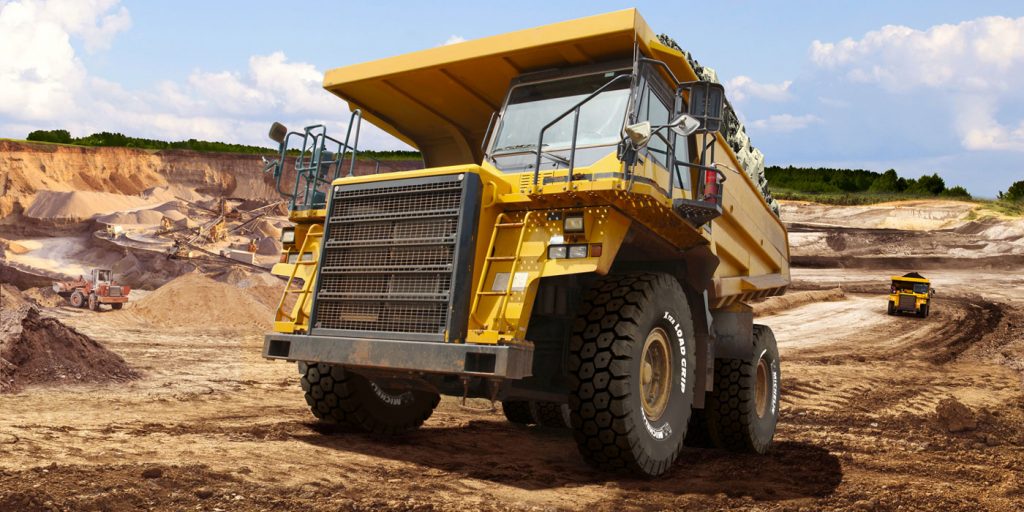
Dump Truck Tire Features
The most important features of dump truck tires are determined by their end use, with careful consideration given to hauling conditions and distance, as well as load and vehicle type.
“Important tire features are tread life (cost per hour), traction, ton mile per hour (TMPH) ratings, resistance to cuts and chips, and a variety of tread compounds — from standard to heat-resistant to cut-resistant,” Holub says. “Features that are unique to dump trucks are the ability to carry heavy loads long distances at high speeds.”
Mass adds that because dump trucks operate in some of the most challenging environments imaginable, their tires must employ sophisticated engineering and manufacturing processes.
“Because dump trucks operate under heavy loads and high speeds, and often have long runs, heat dissipation is critical,” he says. “Tread is also very important. Compounds must be balanced to resist cuts, chips and abrasion as well as heat, and the design of the tread has to put enough rubber on the ground to deliver both traction and resistance to chip and wear. The pattern must also include channels that allow material to flow across the face of the tread and out the shoulders to ensure good self-cleaning.”
Comparing rigid and articulated tire offerings, Continental’s Rasey says that for RDT trucks, the tires typically are a standard base size designation, meaning they may be a bit narrower in width than an ADT tire.
“The RDT tire typically is designed to run over longer distances, on more stable roads where the major goal is longer wear, and to have the ability to dissipate heat in a way that gives optimal performance,” he says. “By contrast, the ADT tire is a wide base tire construction—which gives it better flotation characteristics, and typically more aggressive biting edges for optimal traction on softer surfaces. Naturally, the user is still interested in long-wearing tires that can also dissipate heat, but it’s certainly secondary to flotation and traction.”
Serving Customers
Just as with tire features, delivering top-notch customer service depends on the client’s jobsite and specific needs.
“Customers in this segment are increasingly sophisticated and they have high expectations for their equipment,” Bridgestone’s Netzel says. “They expect more than just great tire products to get the job done—they are looking for total mobility solutions that increase their productivity, minimize downtime and offer a lower total cost of ownership.”
This can mean different things to different customers, depending on the application in which the tires are used.
“In wet, muddy conditions, traction is a big requirement; in rocky conditions, the requirement is for cut-resistant compounds; and in longer hauls, it might be a higher TMPH rating,” BKT’s Holub says.
Tire dealers who can deliver a lower cost per hour, resulting in a higher ROI, often win the bid, according to Alliance’s Mass.
“Sometimes it helps to walk customers through the cost-per-hour equation to show them that a lower acquisition cost may still end up costing more on a per-hour basis in the end with tires that can’t deliver a long enough service life,” he adds. “It can also be very important to be able to explain how great construction and great engineering are the keys to performance. It’s worthwhile to show a customer the tread, explain how the sidewall is constructed, and talk about the engineering behind the belts and carcass plies in the tire.”
Michelin’s Bride adds that dealers should have ongoing knowledge of the customer’s needs and jobsite requirements, including any changes that may occur.
“Have they changed a haul road? Do they have a new pit loader with a larger bucket? Will machines be moving to a new construction site with vastly different conditions?” Bride asks. “Problems can occur when a change happens, so knowing your customer and their business is very important.”
“It’s safe to say that any dealer could benefit from gaining an edge by taking a deeper dive into their users’ specific requirements, utilizing their manufacturing partner’s engineering and technical solutions resources, and keeping an adequate stock of application-specific tires on hand to service these customers,” Rasey says. “Having the right tire at the right time is the golden rule of success of OTR sales.”
Add-On Products for Tire Longevity
To help customers extend the life of their RDT and ADT tires, dealers may want to consider additional products, such as Carlisle TyrFil‘s TLC Tire and Rim Protection, which conditions the wheel and maintains cooler tire operating temperatures to enhance overall operation and reliability in the field, according to Matt Hanson, director of aftermarket sales-Americas.
The non-toxic, non-flammable, liquid formulation is added to the tire air chamber and coats the inside of the rims to provide rust protection and guard against corrosion, he explains.
“TLC’s rust-inhibiting formula, superior coating properties and continual vapor dispersion significantly extend the life of tires and rims, especially for large vehicles that rely on strong tire operability to maintain productivity on the job,” Hanson adds.

